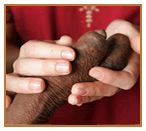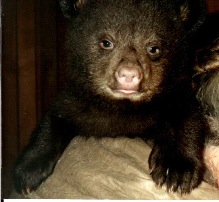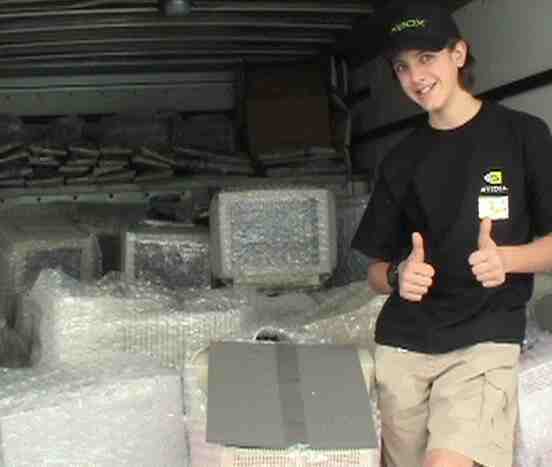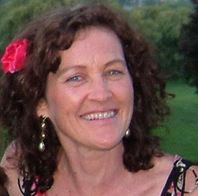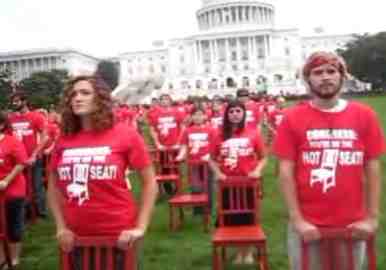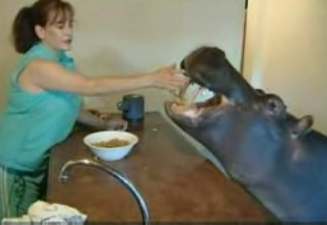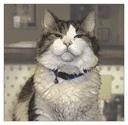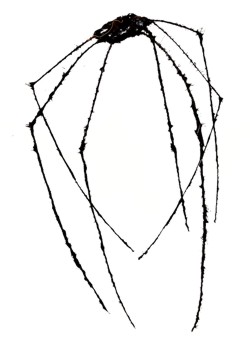 I can imagine my kids screaming in the back seat, “Robotarium! Robotarium!” Their obsession demands a visit to the first zoo ever created to showcase artificial life. Created as a public garden in Portugal, the Robotarium X features a four-meter high cage made of steel and glass housing 45 different robot “species” that interact as would animals in the real world.
I can imagine my kids screaming in the back seat, “Robotarium! Robotarium!” Their obsession demands a visit to the first zoo ever created to showcase artificial life. Created as a public garden in Portugal, the Robotarium X features a four-meter high cage made of steel and glass housing 45 different robot “species” that interact as would animals in the real world.
Like nature itself, the bigger robots are formidable opponents and the smaller ones are in constant danger of getting their tails cut off. (Right, Spider-like and hanging from the ceiling, this “bug,” called Araneax, crawls down to anyone approaching the zoo and makes threatening gestures until they leave. No word if they are poisonous.)
A bright yellow structure houses the robots, most of which are powered by photo voltaic technology (solar energy). The robots are all of unique design and comprise 14 “species” both big and small categorized by their distinct behavior strategies and body types. The robots possess various skills, including obstacle avoidance, movement, sunlight detection and interaction with the public. Large robots respond to visitors by following their movements and either opening their petals or taking defensive actions.
The Robotatrium, in the town of Vila Franca de Xira, is designed to display the peaceful coexistance of robots but also to conjure critical questions that lie at the intersection of nature, life, machine, art, culture and science.
Artist Leonel Muria, who designed the zoo, stated that “we must start looking at robots as a novel species that is being born to share with us planet and human society.”
“Robotarium X is also an art work of a new kind of art that realizes a critical questioning of knowledge and culture. Notions like nature, life, the artificial, machine, art, culture and science are challenged by this display.”
Michael Little works in analytical chemistry and has almost 20 years experience in the research based pharmaceutical industry. Michael resides in Laval, Quebec, with his wife and three children. Michael has written occasional science articles for GNN since 2007.
 FOLLOW-UP: A group of university students were on a mission earlier this year to change Japan — and make hugging more acceptable. Inspired by the original Free Hugs campaign in Sydney, and by living in the U.S., where people smile at strangers, Saki Inoue longs for friendliness and more hugs between Japanese. (Read the AFP story here)
FOLLOW-UP: A group of university students were on a mission earlier this year to change Japan — and make hugging more acceptable. Inspired by the original Free Hugs campaign in Sydney, and by living in the U.S., where people smile at strangers, Saki Inoue longs for friendliness and more hugs between Japanese. (Read the AFP story here)




















